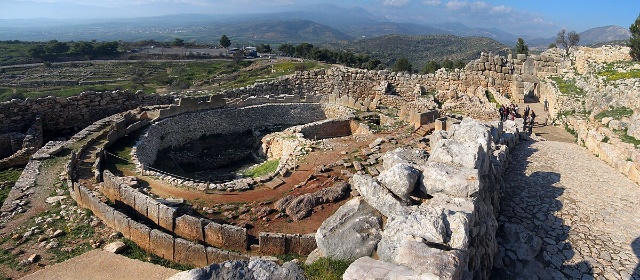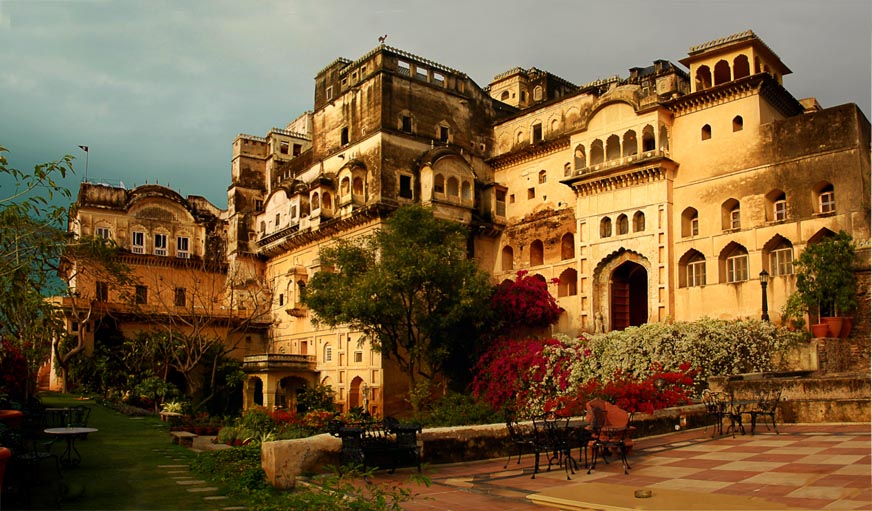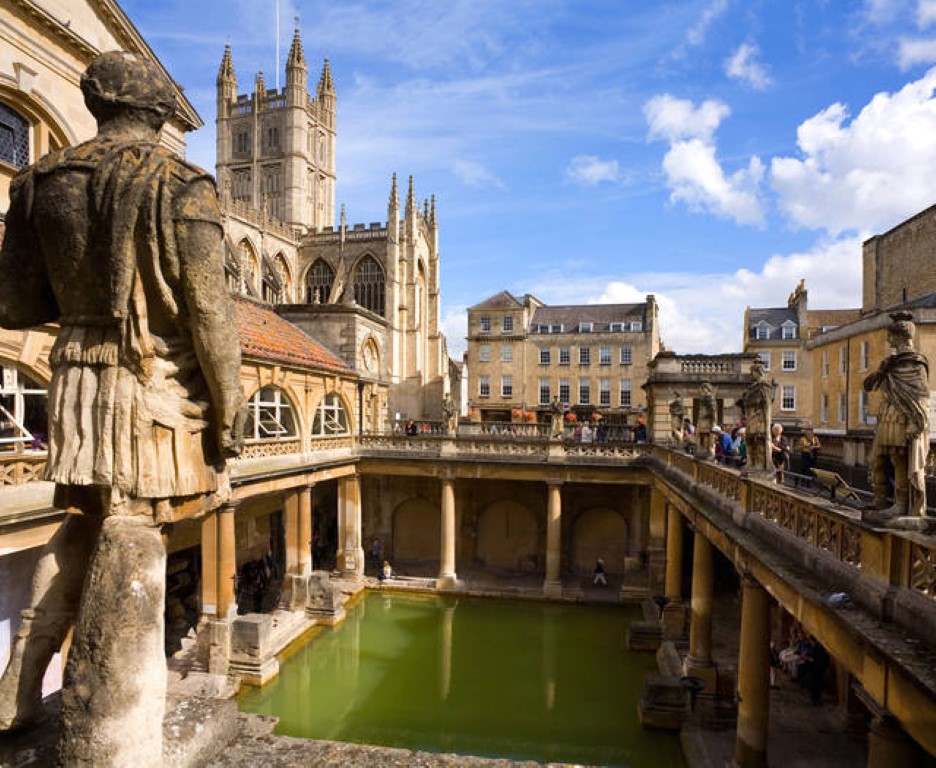The Mycenaean Necropolis of Mazarakata is a significant archaeological site located on the island of Cephalonia, in Greece. This ancient burial site dates back to the Mycenaean period, roughly spanning from 1600 to 1100 BC, a time known for its sophisticated civilization that played a crucial role in Greek prehistory and formed the backdrop to much of Greek mythology.
Unearthed in the early 20th century, the necropolis at Mazarakata consists of a series of chamber tombs carved into the soft limestone of the area. These tombs provided a wealth of information about the Mycenaean people who lived on Cephalonia and their customs, social structures, and interactions with other contemporary civilizations.
The excavation of these tombs revealed a variety of grave goods, including pottery, weapons, jewelry, and tools, which suggest that the individuals buried there were of significant social status. The presence of such items in the tombs indicates the Mycenaeans’ beliefs in an afterlife where the deceased would need these objects. Moreover, the craftsmanship of the items points to a high level of artistic and technical skill, as well as trade connections with other parts of Greece and the Mediterranean.
Studying the Necropolis of Mazarakata has provided archaeologists and historians with valuable insights into the Mycenaean period, particularly regarding burial practices and the culture’s artistic achievements. It illustrates the complexity of Mycenaean society and its connections with other cultures through trade and possibly colonization.
Today, the site stands as a testament to the ingenuity and beliefs of the Mycenaean civilization, offering visitors a glimpse into the ancient past of Cephalonia and the broader Aegean world. The necropolis is accessible to the public, allowing people to explore the remains of this ancient culture and to ponder the lives of those who were part of the enigmatic Mycenaean civilization.













